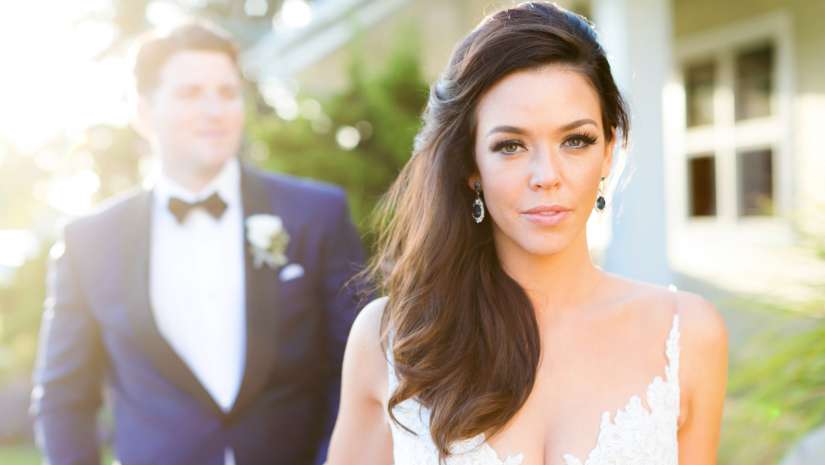Just as location is the most important detail when it comes to real estate, when it comes to photography it’s all about: lighting, lighting, lighting! When it comes down to it, it’s almost all that matters. Lighting controls the mood of the photograph, the way the subject is depicted, and as a whole, helps photographers create a consistent brand to offer their clients.

For me, and many other photographers out there, the naturally lit photograph is a popular look that our clients want. Which is great because natural light is easy to work with and learn as opposed to off camera flash, especially for the budding photographer. However, there comes a point where the natural light photographer, myself included, wants to experiment with OCF to bring a competitive edge to their work or just try something new.
OCF, for most natural light photographers, is a completely daunting task. Instead of working with existing light and manipulating it to create the image you’re envisioning, you have to bring in lights and learn to make them create the light you want. Top that off with potentially tricky equipment and you have most people put down the flash before they even pick it up.
First step is getting equipment you can learn. It’s a bit more of an investment, but I ended up with the Profoto B1 and B2 system and I haven’t looked back. Not that I’m saying you have to end up with Profoto lights, you just have to find a system that you can work well with and that will be a help not a hindrance. Here’s a complete list of the lighting I bring on my weddings.
After learning your equipment, here are three simple lighting setups that’ll give you a good basis to start incorporating OCF into your portfolio and shooting workflow.
1. Fill it In
If you’re a natural light photographer, this lighting setup will not only be easy, but it will fit nicely into your existing brand as it can be done in a way that doesn’t look like it’s lit. In fact, using OCF as a fill is a great way to work with harsh overhead sun or cloudy days where a reflector just isn’t cutting it.
Normally, I’ll position my light around a 45-degree angle to my subject, slightly above eye level, bare bulb or with an umbrella. I’ll set my exposure in-camera for my background, set the B2 to TTL and fire. If I want to make any adjustments from there, I can switch to manual on my transmitter and adjust the intensity from there.
2. Backlight
This is another easy-peasy setup for natural light photographers and one that will add depth to a photograph. Plus, in the absence of sun on a cloudy day, you can add some “sun flare”.
If I’m adding backlight to a day photo, I’ll use a CTO gel my light to give it some warmth, but if it’s a night photo, I’ll leave it daylight balanced to keep it cool and matching the twilight sky that I hopefully have to work with in the background. After that just place the light roughly 8 feet behind them, pointed towards their heads, expose for the rest of the image and let TTL to the rest.
3. Double It Up
Now that you’ve gotten the hang of using a light to fill a shot, and using a light to backlight a shot, try both at the same time. This lighting setup is one I typically use for night shots of my bride and groom because it lets me create a dynamic night photo with the couple properly lit instead of going to a silhouette (which I also tend to do as well).
The same process applies with one light behind the couple, and one light to the side. Normally I position the front light closer to a 90-degree angle than a 45 to give more drama to the light and image. Set your camera exposure for the background and use TTL on the lights and you should be all set. If I want to brighten or lessen either light, I switch from TTL to manual on my transmitter and adjust it until I like the ratio.

Having the freedom to be able to use OCF in on my weddings has helped me in so many scenarios from difficult lighting to creating images with a bit more “umph” than if I had just used natural light. The night photos in particular tend to be the “wow” images that my clients love and end up putting on their walls and as full spreads in their albums. Using OCF as a natural light photographer has expanded my photography knowledge, made me much less worried about lighting conditions that are out of my control and let me create images that Uncle Bob snapping away next to me just isn’t getting. Here’s a complete list of the lighting I bring on my weddings.
Check out this video to see me faking a golden hour sun flare during the day at high noon.
Also, to learn more about different lighting techniques, check out these full courses on creativeLIVE:






